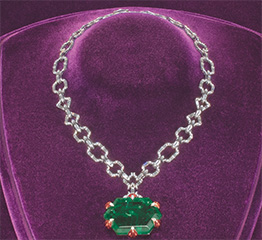Gucci’s Timeless Jewels Evoke Faraway Lands and Bygone Eras
Back in the day, before cameras or iPhones, tourists visiting Rome would buy micro-mosaics as souvenirs of their trip. These tiny mosaics depicted ancient Roman monuments and were incredibly popular. Today, you can still find them in shops like Studio Gioielleria Quattrocolo in Rome.
Gucci has taken inspiration from this tradition and incorporated antique micro mosaics from the Grand Tour into their Hortus Deliciarum High Jewelry collection. Creative Director Alessandro Michele designed this collection and during the recent display of the pieces at Villa Albani, guests were prohibited from taking photographs.
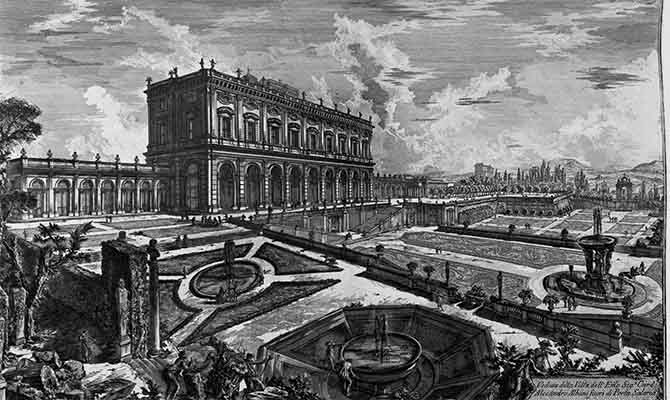
Villa Albani is known for its no-photography policy. This 18th-century building was commissioned by Cardinal Alessandro Albani to house his collection of antiquities. It is considered a significant place for neoclassical art. Although permission to take photographs inside the villa is rare, there are a few images available online, mostly of the exterior.
While some Instagram users may have found these restrictions frustrating, I enjoyed the opportunity to focus solely on the jewelry without the distraction of taking pictures.
Gucci has now released official images of several pieces from the Hortus Deliciarum collection, successfully building anticipation and maintaining control over the representation of the collection.
Keep reading to learn more about the collection.
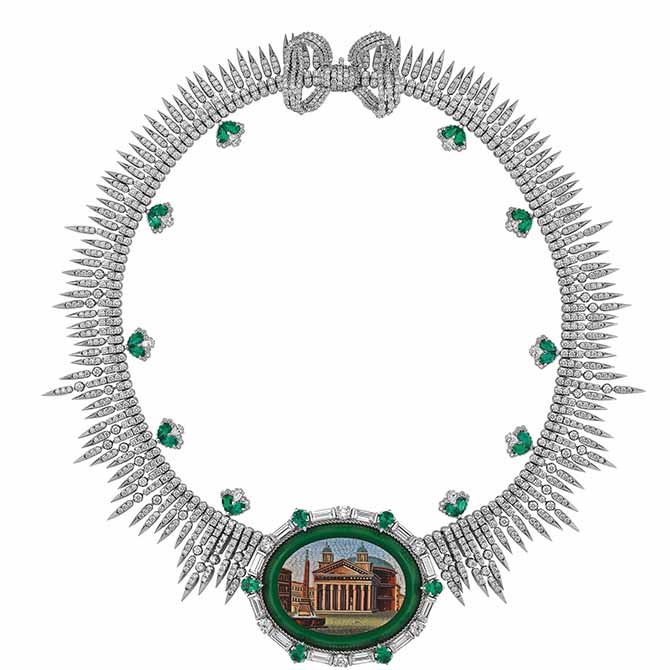
Gucci’s Hortus Deliciarum collection, which translates to “Garden of Delights” in Latin, is divided into five categories that represent a fictional Grand Tour through different time periods, myths, and realities. The first category focuses on the actual Grand Tour, which refers to the journeys taken by Europeans in the 18th and 19th centuries, often starting or ending in Italy.
The designs in this category feature micro-mosaics of ancient Roman landmarks, adding a historical narrative to the jewelry. These micro-mosaics were sourced from Alessandro Michele’s personal collection and have been authenticated by Christie’s.

Classic pearls are transformed into mythical marine gems, inspired by how Michele envisions Cleopatra in the Gucci collection.
The category called kaleidoscope features colorful gems and takes the imaginary journey of the collection to the India of the Maharajahs.
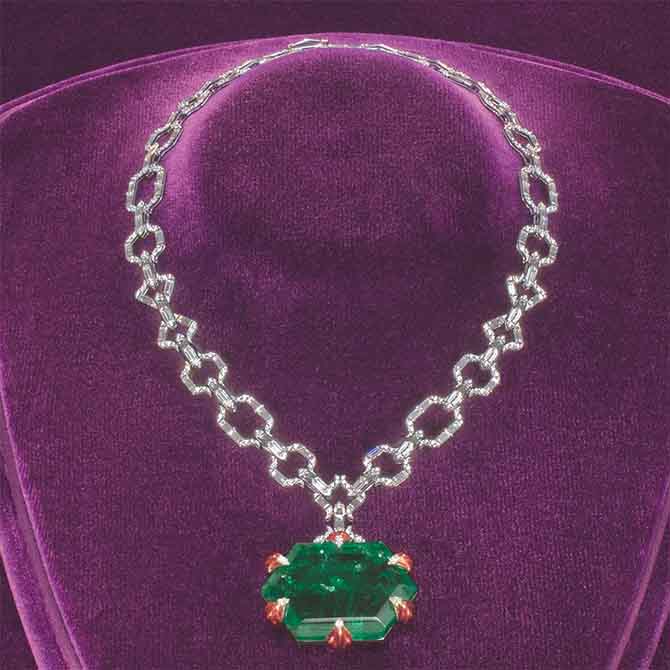
The next category takes us to the 1930s and 40s, drawing inspiration from New York’s skyscrapers and geometric designs. One standout piece features a hexagonal-shaped 172-carat emerald.
These pieces were showcased in a campaign featuring Oscar-winning actress Jessica Chastain and photographed by Mert & Marcus. More images can be found on Gucci’s Instagram page.
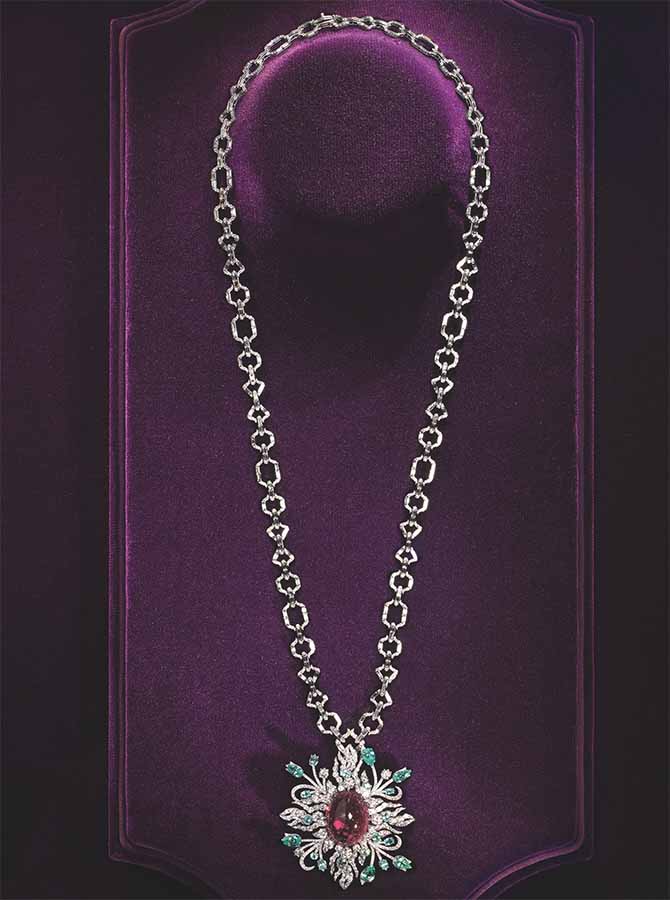
The final category in Gucci’s Grand Tour is the 1970s. It incorporates vibrant colors and features long pendant necklaces. One necklace design, called Savana, is inspired by a historic Gucci scarf from that era. Representational designs like this effectively convey the collection’s narrative.
